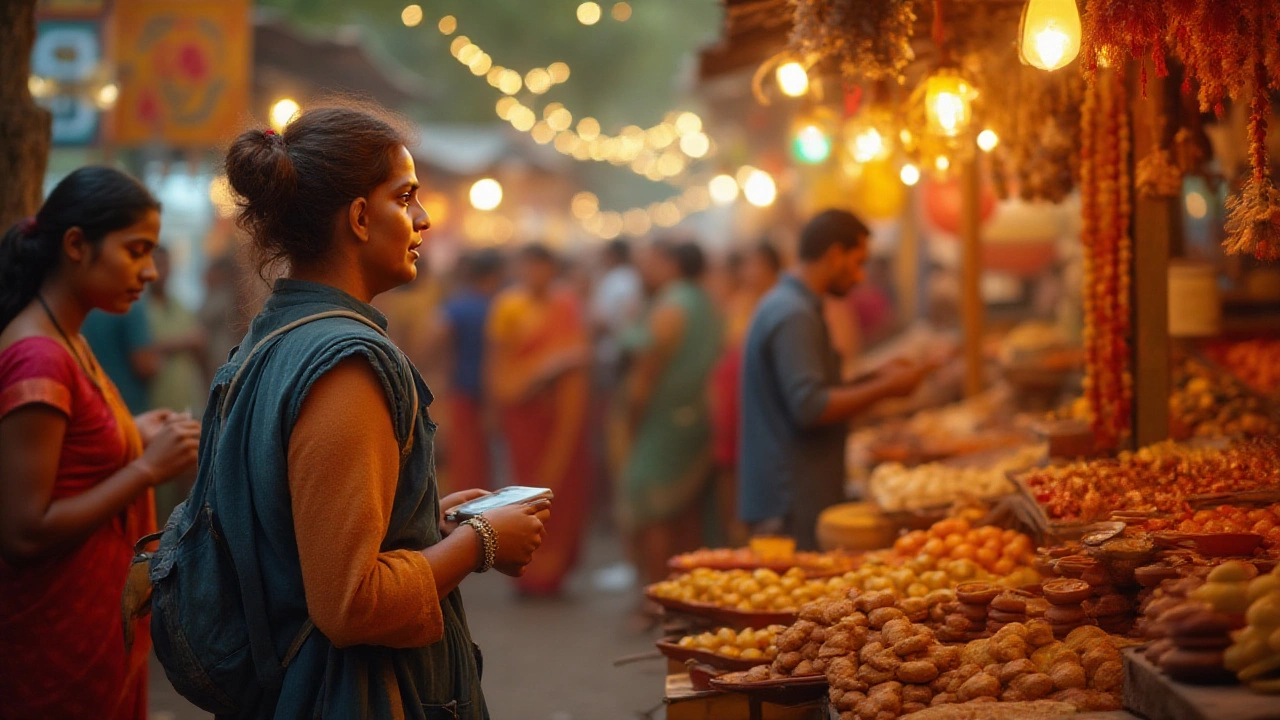SEARCH
Essential Food Safety Tips for Your India Adventure
Traveling across India is a feast for the senses, but the excitement can turn sour if you ignore basic food safety. A few common‑sense habits keep stomach bugs at bay and let you focus on the flavors instead of the fallout.
Before You Eat: Planning and Packing
Start with what you pack. A small bottle of hand sanitizer, a travel‑size disinfecting wipe, and sealed snack bars give you control when street stalls look tempting but uncertain. If you have a sensitive stomach, bring a few familiar crackers or instant noodles – they’re easy to heat and safe to eat.
Research before you go. Look up the top‑rated eateries in each city and read recent traveler reviews for hygiene remarks. Apps and forums often mention if a place has a clean kitchen or uses fresh water. Knowing the safe spots ahead of time cuts down on guesswork when you’re hungry.
On the Road: Spotting Safe Food
When you’re at a street stall, use three quick checks: Is the food cooking in front of you? Is the vendor wearing gloves or using clean tongs? Is the water clear and boiled? If the answer is yes, the risk drops dramatically.
For salads, fruit, or raw veggies, ask for a plate of cut fruit that’s been peeled or rinsed in boiled water. Never trust unpeeled fruit that’s been sitting out. If you’re not sure about the water, stick to bottled or filtered options – and use the bottle cap to cover the mouth after each sip.
Hot meals are your safest bet. A steaming bowl of sambar, a hot dosa, or a freshly grilled kebab means the food has been cooked at temperatures that kill most germs. Let the steam rise before you dive in – that’s a sign the dish is still hot.
When dining in restaurants, look for a clean dining area and a visible kitchen. Restroom hygiene is a good proxy; if the bathroom is spotless, the kitchen likely follows suit. Don’t be shy about asking staff how they store food or whether they use filtered water.
Probiotics can be a travel ally. Yogurt, lassi, and fermented pickles not only taste great but also help your gut stay balanced. Choose items that are made fresh daily and served cold.
Finally, listen to your body. If something feels off – a strange smell, odd texture, or taste that lingers too long – stop eating it. Carry a basic travel medical kit with antidiarrheal tablets and rehydration salts just in case.
By keeping these simple steps in mind, you’ll enjoy India’s culinary wonders without the unwanted side effects. Safe eating means more time exploring, tasting, and making memories.

What to Eat in India: Tips for Staying Healthy on Your Trip
Worried about getting sick from food while travelling in India? Find out exactly what to eat, what to avoid, and how to enjoy the best Indian flavors without ruining your trip.
Continue reading